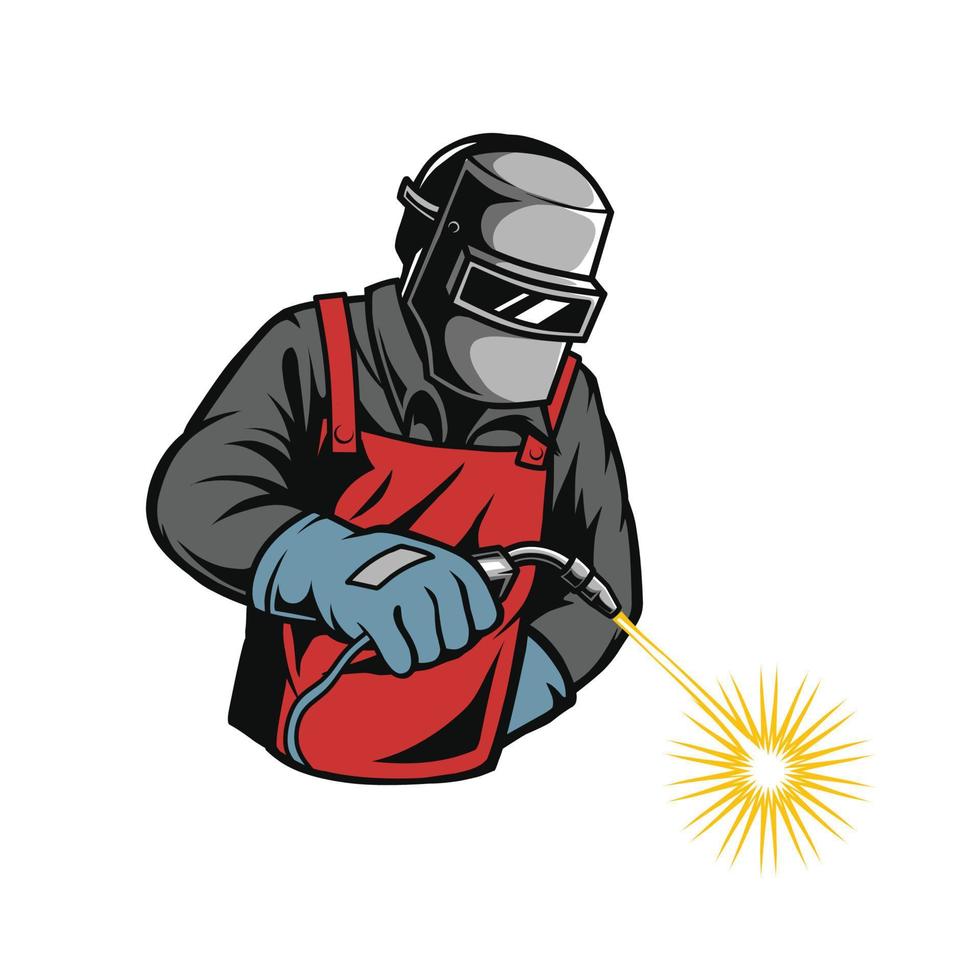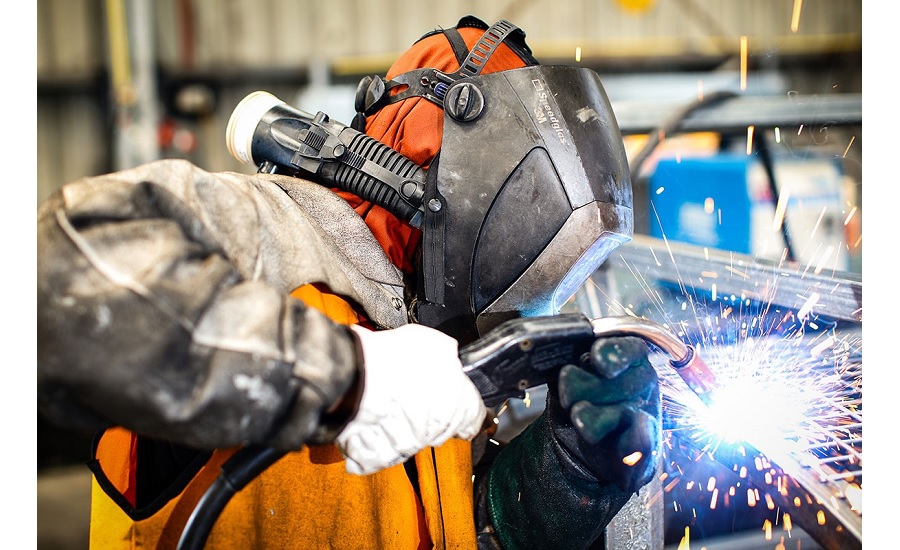Advanced Welding WPS: Tailoring Requirements for Complex Tasks
Advanced Welding WPS: Tailoring Requirements for Complex Tasks
Blog Article
The Ultimate Overview to Welding WPS Procedures: A Comprehensive Summary for Welders
In the elaborate world of welding, Welding Procedure Specifications (WPS) serve as the foundation of making certain top quality, uniformity, and safety and security in welding procedures (welding WPS). As we delve right into the various elements of a WPS and discover the details of certification and certification, we will certainly reveal the essential duty these treatments play in the world of welding.
Value of WPS Procedures
Comprehending the relevance of Welding Treatment Specifications (WPS) treatments is critical for ensuring the top quality and stability of welded structures. WPS treatments work as a roadmap for welders, laying out the required actions, specifications, and products needed to attain a sound weld. By sticking to WPS guidelines, welders can guarantee uniformity in their work, resulting in structurally sound and trustworthy welds.
Among the main reasons that WPS procedures are important is their function in maintaining weld high quality and honesty. Following the defined welding specifications and strategies laid out in the WPS aids stop flaws such as porosity, fracturing, or insufficient blend, which can compromise the toughness and sturdiness of the weld. Additionally, WPS treatments are essential for making certain conformity with sector criteria and codes. By complying with established WPS standards, welders can show that their work meets the essential demands for safety and security and quality, providing assurance to clients, inspectors, and regulative bodies. Fundamentally, the relevance of WPS treatments can not be overemphasized, as they are basic to accomplishing constant, high-quality welds that satisfy market requirements and specs.

Elements of a WPS
A Welding Treatment Specification (WPS) normally consists of important parts that detail the particular needs for performing a weld, ensuring consistency and quality in the welding process. The essential parts of a WPS include crucial variables such as base steels, filler steels, preheat and interpass temperatures, welding procedures, shielding gases, welding placements, and post-weld heat treatment requirements.
Base steels refer to the materials being signed up with, while filler metals are utilized to fill up the void in between the base metals throughout welding. Preheat and interpass temperatures are critical for regulating the warm input and preventing problems like splitting or distortion. The welding procedure lays out the details technique to be used, whether it's gas steel arc welding (GMAW), shielded metal arc welding (SMAW), or another technique. Shielding gases protect the weld swimming pool from atmospheric contamination. Welding settings define the orientations in which welding can be carried out. Post-weld heat treatment may be necessary to alleviate stresses and enhance the weld's properties. A complete understanding of these components is essential for creating a efficient and comprehensive WPS.

Credentials and Certification
Having developed the essential components of a Welding Treatment Spec (WPS), the focus now shifts towards the crucial facets of certification and qualification in welding practices.

Certification, on the other hand, is the formal acknowledgment of a welder's qualifications by a pertinent accreditation body or organization. Welding accreditations are generally based upon the certain welding processes, materials, and settings a welder is qualified to deal with. Holding a valid welding accreditation shows that a welder fulfills sector requirements and is experienced to execute welding jobs to the called for requirements.
Producing a WPS
To establish a Welding Procedure Spec (WPS) that satisfies market criteria, cautious factor to consider of welding processes, materials, and operational specifications is necessary (welding WPS). The initial step in creating a WPS is to recognize the welding process to be made use of, such as gas steel arc welding (GMAW) or protected metal arc welding (SMAW) When the welding procedure is identified, the following important element is choosing the proper materials, considering elements like base metal kind, density, Related Site and joint design. Operational specifications such as welding present, voltage, travel speed, and shielding gas composition need to likewise be thoroughly defined in the WPS.

Executing and Checking WPS
Upon wrapping up the detailed Welding Procedure Spec (WPS) that thoroughly information welding processes, products, operational specifications, and quality control steps, the focus changes to properly implementing and checking the recognized treatments. Implementation entails making sure that all welders included in the job recognize with the WPS and follow it carefully throughout the welding process. This needs offering ample training and guidance to ensure adherence to the defined procedures. Keeping an eye on the WPS entails constant oversight to verify that welding activities line up with the documented requirements. Assessments, screening, and high quality control steps are essential elements of the monitoring procedure to determine any variances or concerns promptly. Normal audits and reviews of the welding procedures aid in preserving consistency and quality throughout the task. Efficient implementation and surveillance of the WPS are important for making certain the integrity, toughness, and security of the bonded joints, inevitably adding to the total success of the welding job.
Verdict
In conclusion, understanding and following Welding Procedure Requirements (WPS) is important for welders to guarantee top quality, uniformity, and safety in their work. By knowing the elements of a WPS, obtaining correct qualifications and certifications, developing comprehensive procedures, and implementing and checking them successfully, welders can improve their abilities and effectiveness in welding methods. Sticking to WPS treatments is necessary for creating high-grade welds and conference sector standards.
In the intricate world of welding, Welding Treatment Requirements (WPS) serve as the backbone of making certain high quality, uniformity, and security in visit this web-site welding operations. The welding procedure lays out the particular method to be made use of, navigate to this website whether it's gas metal arc welding (GMAW), shielded metal arc welding (SMAW), or one more method.To develop a Welding Procedure Specification (WPS) that satisfies sector requirements, cautious consideration of welding processes, materials, and operational specifications is essential. The initial action in developing a WPS is to determine the welding procedure to be made use of, such as gas steel arc welding (GMAW) or shielded steel arc welding (SMAW)Upon wrapping up the comprehensive Welding Treatment Spec (WPS) that meticulously information welding processes, products, functional parameters, and quality assurance measures, the focus moves to successfully implementing and keeping an eye on the established treatments.
Report this page